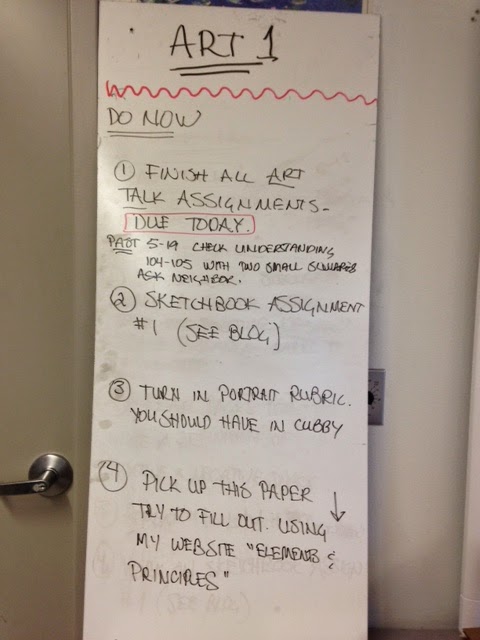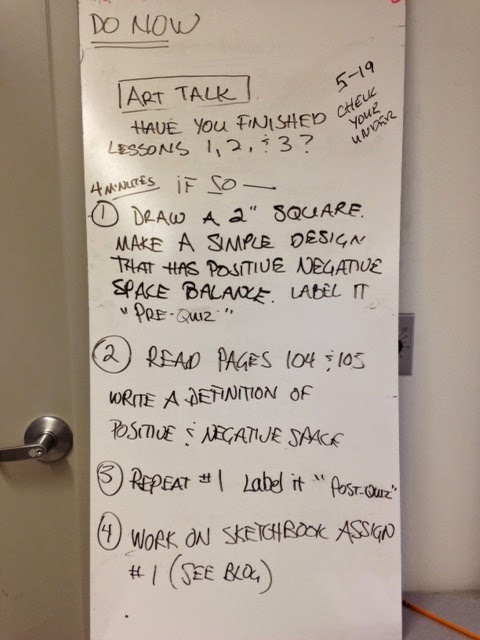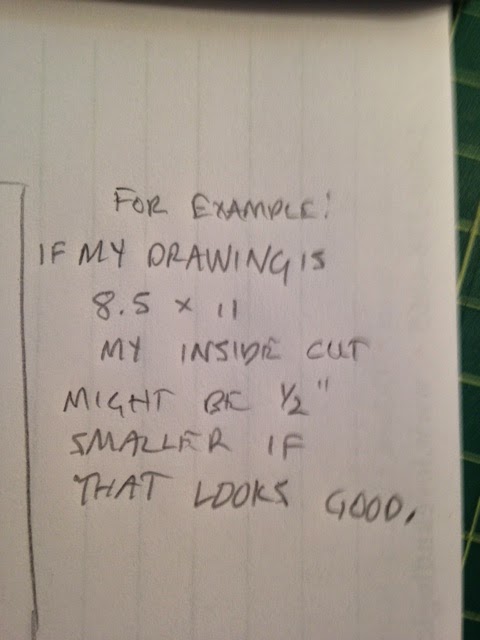General Information
Care of paint brushes
1. Mixing paint with a palette knife or the toe of the paint brush (keep paint out of belly and heel)
2. Clean brush with brush cleaner
3. Take brush out of water container
4. Check our your brush number (the same as your exacto knife)
Palette knife

Mixing Palette
Care of paint
1. Spray with water
2. Store in container
3. Name on container
4.
Squeeze tube from the bottom
5.
Get a dime-size worth of paint
Two Color Exercises
Make a color wheel
1. In your sketchbook, draw a large circle.
2. Inside the circle, draw two over lapping triangles using a ruler.
3. Trace a quarter or small circle and place and
label all primary, secondary and tertiary colors as below.
4. Label and paint each circle using only primary colors to mix.
Steps for making color charts (Use a dime size worth of paint)
1. Pick one hue and its complement. In the example, green and red were used.
2. Starting with the primary color, make at least 10 tints (Start with white then add hue.)
3. Make at least 10 shades (Start with hue and then add black )
4. Mix a small amount of grey using black and white. Add a little of the hue and a little more to make a least 10 tones (add grey)
5. Repeat steps 2-4 using the complement of the color you chose
5. Mix the two opposite hues to make a neutral. Dull the intensity (add the complement)
6. Using that neutral color , repeat steps 2-4


























.jpg)





















